
When Isaac Newton listed the colours of the rainbow, there were seven. But today, the penultimate colour, indigo, often gets missed off. So, what is there to know about this often-neglected colour?
The historical significance of indigo
Indigo is one of the oldest dyes. For centuries, it has been used to colour textiles, particularly in countries such as India, Japan, Egypt and Peru. Its use in pottery and frescoes dates as far back as ancient Mayan civilisations.
Natural indigo dye comes from a plant that the colour is also named after – indigofera tinctoria. Extracting the dye was a long and laborious process. The plant would be cut and packed into large vats, where it softened and fermented. This dark substance was then skimmed, strained, pressed and dried into cakes, which formed the basis of indigo.
In the 19th century, thousands of chests filled with indigo dye were exported from India to Europe to be used to colour clothes. The French army, for example, donned dark blue indigo uniforms during the French Revolution.
Indigo in its natural pigment form is quite different. Its lightfastness did not match the more permanent and expensive ultramarine mineral blues.
The shift to synthetic indigo
When British chemist William Perkin became the first to create a modern synthetic dye in 1856 at the age of just 18, he opened up new possibilities for colourmen. Perkin had discovered a permanent mauve dye, and just over two decades later in 1878, German chemist Adolf Von Baeyer worked out how to synthesise indigo. Commerce in natural indigo declined, and high-quality synthetic indigo was now being used for pigments.
Modern uses of indigo
Today, the majority of indigo used is synthetic, imitating the bold, deep colour of the natural dye. This is especially the case with denim, which is lauded for its fading-resistant qualities when used for jeans. The synthetic dye also adds a well-loved depth to the texture.
When Shakespeare’s Globe in London was reconstructed in 1997, the striking indigo pigment was used to paint the roof. Today, the deep-blue mural symbolises the heavens of the theatre, sitting alongside bright gold stars and embellishment. While indigo may have been forgotten when it comes to the colour spectrum, it is still being used everywhere we go; to see it, we just need to look up.









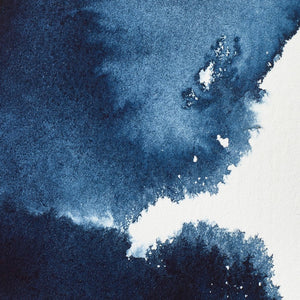
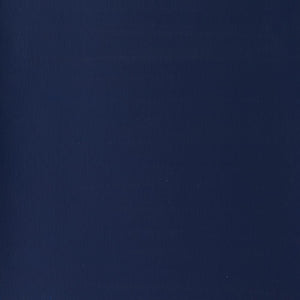
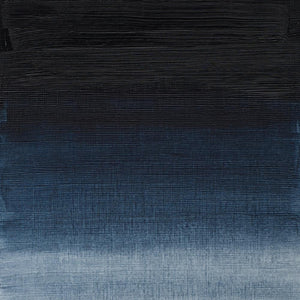
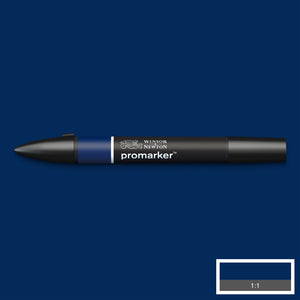
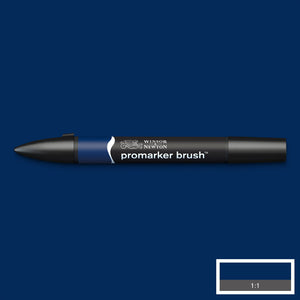

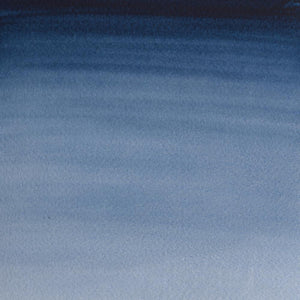
![WN PWC KAREN KLUGLEIN BOTANICAL SET [FRONT]](http://www.winsornewton.com/cdn/shop/files/136444.jpg?crop=center&v=1740654068&width=20)
![WN PWC KAREN KLUGLEIN BOTANICAL SET [OPEN 2]](http://www.winsornewton.com/cdn/shop/files/136447.jpg?crop=center&v=1740654068&width=20)
![WN PWC ESSENTIAL SET [FRONT]](http://www.winsornewton.com/cdn/shop/files/137583.jpg?crop=center&v=1740762356&width=20)
![WN PWC ESSENTIAL SET [OPEN]](http://www.winsornewton.com/cdn/shop/files/137581.jpg?crop=center&v=1740762356&width=20)
![W&N GALERIA CARDBOARD SET 10X12ML [B014096] 884955097809 [FOP]](http://www.winsornewton.com/cdn/shop/files/138855.jpg?crop=center&v=1740761853&width=20)
![W&N GALERIA CARDBOARD SET 10X12ML 884955097809 [OPEN]](http://www.winsornewton.com/cdn/shop/files/138856.jpg?crop=center&v=1740761853&width=20)

![W&N PROMARKER 24PC STUDENT DESIGNER 884955043295 [FRONT]](http://www.winsornewton.com/cdn/shop/files/78674_d4d78a69-7150-4bf4-a504-3cb5304b0f80.jpg?crop=center&v=1721326116&width=20)

![W&N PROFESSIONAL WATER COLOUR TYRIAN PURPLE [SWATCH]](http://www.winsornewton.com/cdn/shop/files/136113.jpg?crop=center&v=1724423390&width=20)
![W&N WINTON OIL COLOUR [COMPOSITE] 37ML TITANIUM WHITE 094376711653](http://www.winsornewton.com/cdn/shop/files/9238_5073745e-fcfe-4fad-aab4-d631b84e4491.jpg?crop=center&v=1721326117&width=20)
![W&N WINTON OIL COLOUR [SPLODGE] TITANIUM WHITE](http://www.winsornewton.com/cdn/shop/files/131754_19b392ee-9bf6-4caf-a2eb-0356ec1c660a.jpg?crop=center&v=1721326118&width=20)